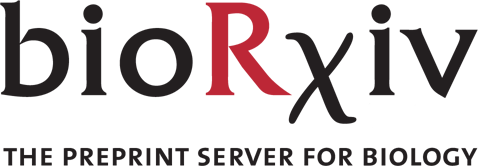Multi-task machine learning reveals the functional neuroanatomy fingerprint of mental processing
Wang, Z., Chen, Y., Pan, Y., Yan, J., Mao, W., Xiao, Z., Cao, G., Toussaint, P.-J., Guo, W., Zhao, B., Sun, H., Zhang, T., Evans, A. C., Jiang, X.
 •preprint•Jul 3 2025
•preprint•Jul 3 2025Mental processing delineates the functions of human mind encompassing a wide range of motor, sensory, emotional, and cognitive processes, each of which is underlain by the neuroanatomical substrates. Identifying accurate representation of functional neuroanatomy substrates of mental processing could inform understanding of its neural mechanism. The challenge is that it is unclear whether a specific mental process possesses a 'functional neuroanatomy fingerprint', i.e., a unique and reliable pattern of functional neuroanatomy that underlies the mental process. To address this question, we utilized a multi-task deep learning model to disentangle the functional neuroanatomy fingerprint of seven different and representative mental processes including Emotion, Gambling, Language, Motor, Relational, Social, and Working Memory. Results based on the functional magnetic resonance imaging data of two independent cohorts of 1235 subjects from the US and China consistently show that each of the seven mental processes possessed a functional neuroanatomy fingerprint, which is represented by a unique set of functional activity weights of whole-brain regions characterizing the degree of each region involved in the mental process. The functional neuroanatomy fingerprint of a specific mental process exhibits high discrimination ability (93% classification accuracy and AUC of 0.99) with those of the other mental processes, and is robust across different datasets and using different brain atlases. This study provides a solid functional neuroanatomy foundation for investigating the neural mechanism of mental processing.